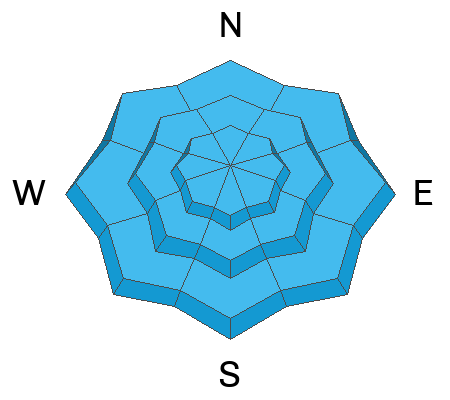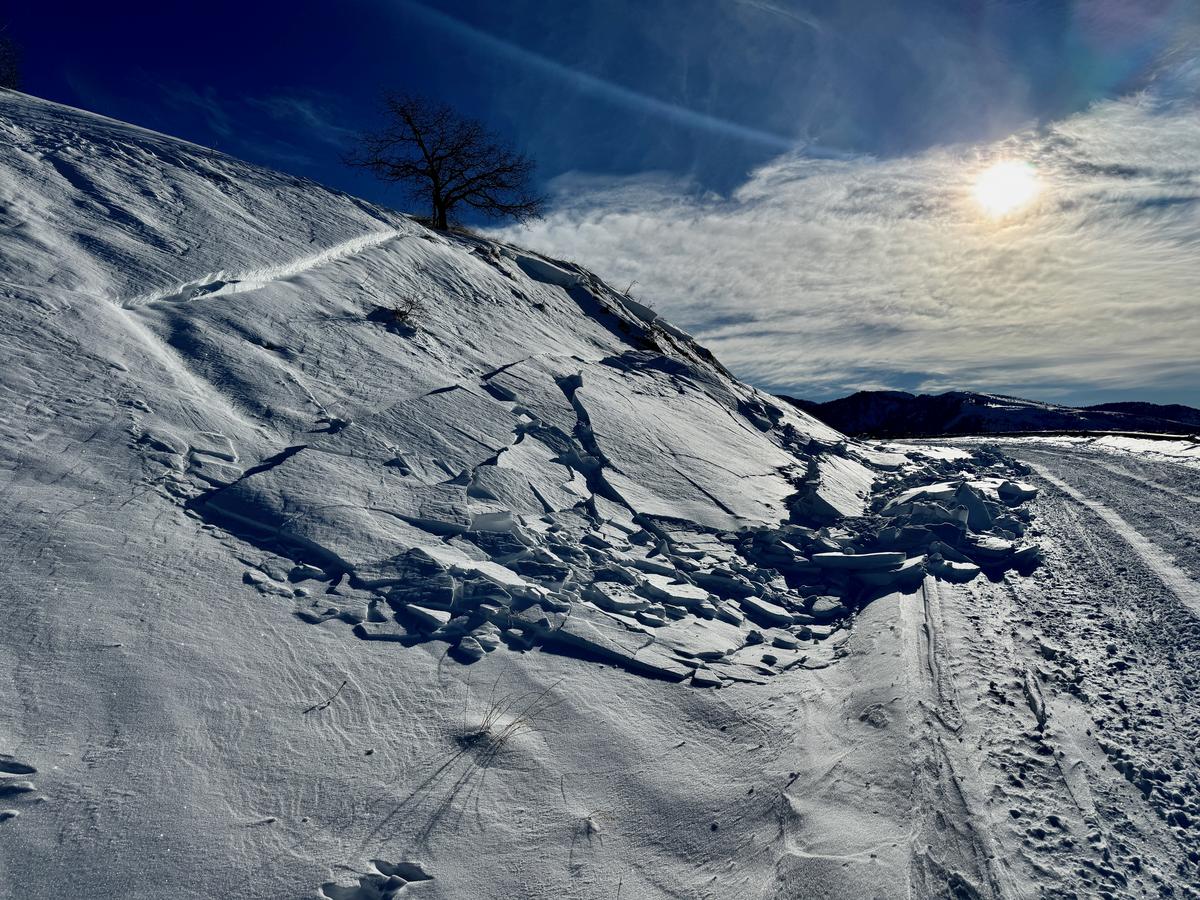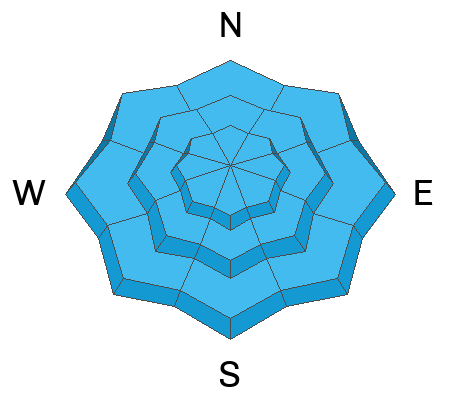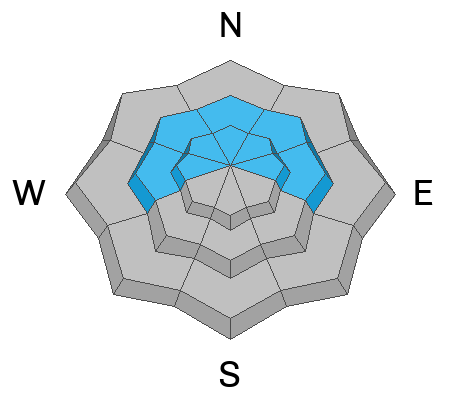Forecast for the Salt Lake Area Mountains

Issued by Trent Meisenheimer on
Saturday morning, January 11, 2025
Saturday morning, January 11, 2025
The avalanche danger is CONSIDERABLE on mid and upper-elevation slopes facing west, north, and east where there is a buried persistent weak layer. Avalanches may be 2-4+ feet deep and potentially hundreds of feet wide.
There is also a CONSIDERABLE danger for wind-drifted snow across all upper elevations where sensitive slabs of wind-drifted snow may be found. You will find wind-drifted snow on all aspects and elevations today due to the strong and erratic winds.
There is a MODERATE danger on all aspects and elevations for new snow soft slabs and dry-loose avalanches.
There is also a CONSIDERABLE danger for wind-drifted snow across all upper elevations where sensitive slabs of wind-drifted snow may be found. You will find wind-drifted snow on all aspects and elevations today due to the strong and erratic winds.
There is a MODERATE danger on all aspects and elevations for new snow soft slabs and dry-loose avalanches.
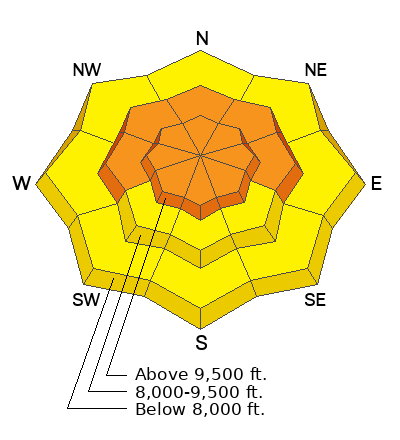
Low
Moderate
Considerable
High
Extreme
Learn how to read the forecast here


